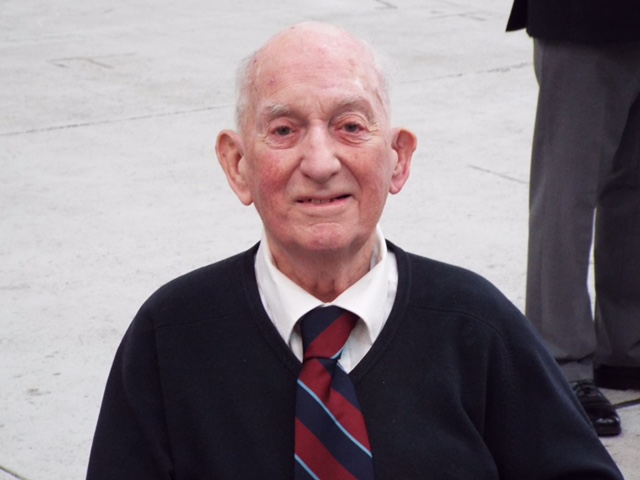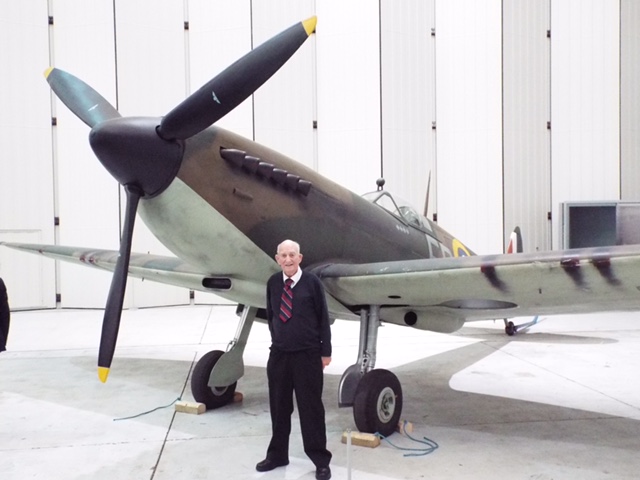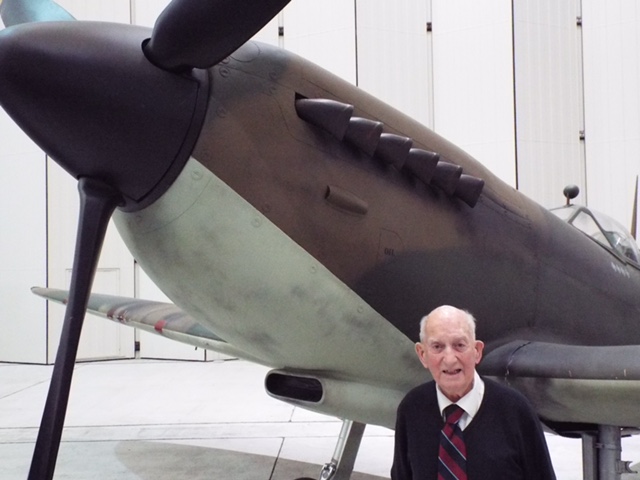John Thorne – Légion d’Honneur
Every day for three months before D-Day, Flight Sergeant John Thorne took off at dawn in his Spitfire from RAF Tangmere, West Sussex. The aircraft had been modified for photographic reconnaissance: the artillery was removed, and the Spitfire was fitted with five cameras on each side.
His flight path took him over the coast of Holland and the borders, then into Belgium, down to Calais, and along the French coast, before crossing back over to Land’s End.
Upon landing back at RAF Tangmere, the film from each camera was removed and immediately transported by motorcyclist for processing. Once developed, the images were taken directly to “Winnie’s Bunker”—Winston Churchill’s underground war rooms in London. Over this period, the photographic intelligence gathered helped build a clear picture of German troop movements, which played a key role in planning D-Day.
Flight Sergeant Thorne was unaware of the D-Day invasion plans and only found out about it on the day itself. He took off as usual and followed his regular route. From the air, he witnessed the landings, with his most vivid memories being of the American forces. The beaches they landed on were overlooked by cliffs, and they had not been supplied with the necessary equipment to scale them. Ropes and other equipment had to be brought in, and in the meantime, casualties were horrendous.
John came under friendly fire on the return journey—reportedly from the Navy, as his aircraft had not yet been painted with the distinctive black and white invasion stripes introduced to help identify Allied planes. On landing, a line of bullet holes was discovered along the fuselage, starting just six inches behind the pilot’s seat. His flight sergeant pointed out the damage, and the Spitfire was deemed too damaged for further service and scrapped.




